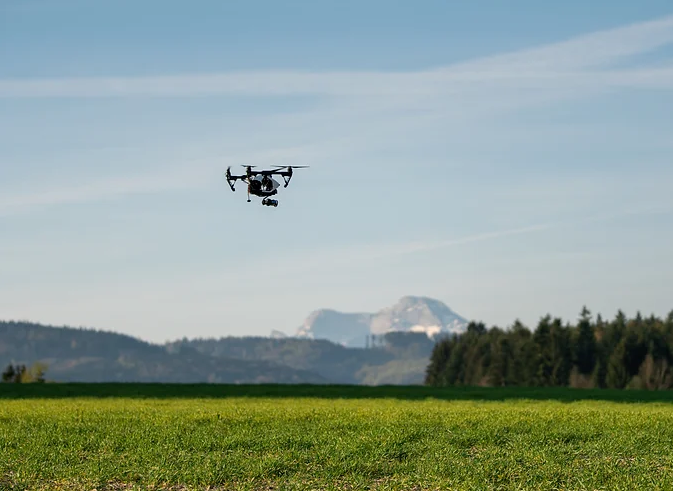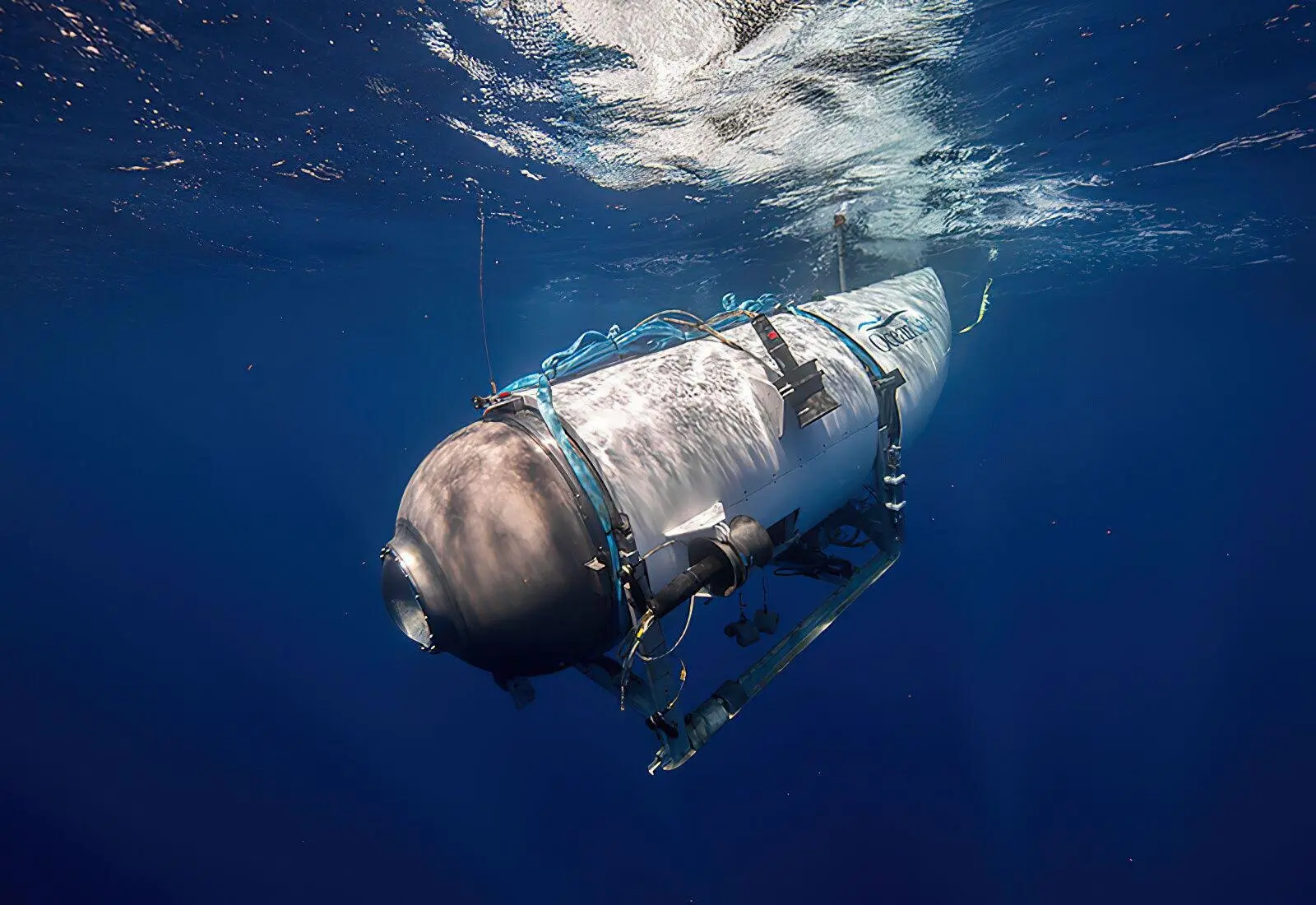Solar-Powered Drones: Harnessing Renewable Energy for Extended Flight Time
- Srusti UB
- Jul 9, 2023
- 6 min read
Updated: Sep 16, 2023
What if drones could fly forever? Sounds like a scene from a sci-fi movie, right? But it’s not. We’re talking about solar-powered drones with AEROGO. Solar-powered drones are a marvel of modern technology that offers the potential for extended flight time and thus hold tremendous promise for various industries. So, what are solar-powered drones? They are drones powered by solar cells that convert solar energy into electrical energy. The history of solar-powered drones dates back to the 1970s when NASA tested a solar-powered drone. Solar-powered drones are essential because they offer extended flight time, which is ideal for industries that require drones to inspect large areas or perform various tasks for extended periods. Moreover, using solar-powered drones helps reduce carbon emissions, making them more eco-friendly and sustainable. With the advent of technology, solar-powered drones are set to become even more vital, leading to unmanned flight becoming more widespread than ever before.
1. The Science behind Solar-Powered Drones

As the use of drones becomes more widespread, one of the key challenges is achieving extended flight time. Regular drones rely on batteries that have limited capacity, which means they have to be recharged or replaced frequently. This can be inconvenient and costly, especially for applications that require long flight times such as environmental monitoring, surveillance, and disaster response. An innovative solution to this challenge is the use of solar-powered drones, which harness renewable energy to stay aloft for extended periods.
## The Science Behind Solar-Powered Drones
1.1 How do solar cells work?
In essence, they are semiconductor devices that absorb photons of solar radiation and convert them into electrical energy. This energy can be used to power the drone's propellers, sensors, and other electronic components. Most solar cells are made of silicon, a common element that has the ability to conduct electricity when exposed to sunlight. When sunlight strikes a silicon solar cell, it knocks loose electrons from the silicon atoms, creating a flow of electric current.
1.2 Design of solar-powered drones:
To maximize the efficiency of solar-powered drones, they must be designed to optimize the surface area available for solar cells. This means that the drone's wings and body must be large enough to provide ample space for solar panels, but also lightweight enough to fly efficiently. In addition, the solar cells must be oriented toward the sun to receive maximum sunlight, which requires the drone to have a mechanism for adjusting its position as it flies.
1.3 Power storage and management:
Another critical aspect of solar-powered drones is power storage and management. During daylight hours, the excess energy generated by the solar cells is stored in batteries. This energy is then used to power the drone during periods of low sunlight, such as at night or when flying under cloud cover. To ensure that the drone stays aloft for an extended period, the batteries must be carefully managed to avoid overloading or discharge.
Overall, solar-powered drones offer a promising solution for achieving extended flight times and reducing reliance on traditional batteries. By harnessing renewable energy, they can fly longer and more efficiently, making them ideal for a range of applications such as environmental monitoring, disaster relief, and precision agriculture. However, there are still some challenges to be addressed, such as the cost and durability of solar cells, as well as the need for sophisticated power management systems. Nevertheless, with ongoing innovation in solar-powered drone technology, we can expect to see continued growth in this exciting field.
2. Applications of Solar-Powered Drones Solar-powered drones have a wide range of applications, including surveillance and security, environmental monitoring, disaster response and relief, telecommunications and internet access, and precision agriculture.

2.1 Surveillance and security
In the field of surveillance and security, solar-powered drones have the advantage of extended flight time, which is critical for monitoring and detecting activities in remote areas. They can be used for border patrol, monitoring of oil pipelines, and protecting wildlife from poachers. The drones' ability to fly at high altitudes and capture high-resolution images and videos makes them an ideal choice for surveillance and security.
2.2 Environmental monitoring
It is another key application for solar-powered drones. With their extended flight time, drones can collect data on temperature, humidity, air quality, and even track animal migration patterns. This information is useful for monitoring the effects of climate change, forest fires, and natural disasters.
2.3 Disaster response
In the event of a natural disaster, solar-powered drones can aid in disaster response and relief efforts. They can be used for search and rescue missions, assessing the damage caused by the disaster, and delivering supplies to affected areas. The drones' real-time data collection capabilities can provide critical information to first responders, allowing them to make faster and more informed decisions.
2.4 Telecommunications and internet access in remote areas
Solar-powered drones can also be used to provide telecommunications and internet access in remote areas. This is particularly useful in regions where traditional infrastructure is not available. The drones can be equipped with devices that can provide internet access, cell phone service, and even satellite television to remote areas.
2.5 Precision agriculture
In precision agriculture, solar-powered drones can provide farmers with a more effective and efficient method of monitoring their crops. With their ability to fly for extended periods, they can collect data on soil moisture, nutrient levels, and plant health, allowing farmers to optimize their use of fertilizers, irrigation, and other agricultural techniques. This can result in increased crop yields and reduced costs.
Solar-powered drones have the potential to revolutionize a wide range of industries with their extended flight time, real-time data collection, and ability to operate in remote areas. While there are challenges to their use, including regulations and limitations of current technologies, the benefits of solar-powered drones are clear. With continued innovation and development, solar-powered drones have the potential to change the way we live and work.
3. Advantages and Challenges of Solar-Powered Drones

The potential of solar-powered drones to revolutionize the drone industry is enormous. They offer numerous benefits over traditional drones, like extended flight time, lower operational costs, and reduced environmental impact. However, they are not without their challenges.
The advantages of solar-powered drones include their ability to fly for extended periods without refueling, making them ideal for long-term surveillance, monitoring, and inspections. They are also eco-friendly, as they do not require fossil fuels to operate, reducing their carbon footprint. Additionally, they are quieter than traditional drones, making them ideal for urban environments and reducing noise pollution.
3.1 Power storage and management
Despite these benefits, solar-powered drones also present several challenges. One of the most significant difficulties is power storage and management. Although solar panels can generate a considerable amount of energy, they have limited capacity and can only store a fixed amount of energy. This means that solar-powered drones may not be suitable for long-range missions or missions in low-light environments.
3.2 Design of solar-powered drones
Another challenge is the design of solar-powered drones. They require a larger surface area to mount solar panels compared to traditional drones, making them larger and heavier. The added weight of the solar panels can also affect the drone's speed and maneuverability.
In conclusion, solar-powered drones offer numerous benefits over traditional drones, but they also present their challenges. The industry is still developing, and we can expect to see further innovations in solar panel design, battery technology, and drone engineering in the coming years.
4. Future of Solar-Powered Drones

The future of solar-powered drones is looking brighter than ever. Innovations in technology have made it possible to capture and store solar energy more efficiently, paving the way for extended flight times and wider applications. As solar panels become more lightweight and durable, drones can charge even while in flight, providing uninterrupted coverage and reducing the need for frequent landings.
In addition, the potential for integration with AI and IoT opens up new possibilities for data processing and analysis. Solar-powered drones equipped with advanced sensors and machine learning algorithms can detect and respond to changes in their environment in real time, then invaluable tools for surveillance, disaster response, and environmental monitoring.
Of course, there are still challenges to overcome, such as limited power storage and weather-dependent performance. However, with continued research and development, the benefits of solar-powered drones are becoming increasingly clear. As we continue to harness the power of renewable energy, the future of drone technology is set to soar to new heights.
Conclusion
We have explored the incredible potential of solar-powered drones in various industries, including environmental monitoring, disaster relief, precision agriculture, and telecommunications. The benefits of solar-powered drones are clear - longer flight times, reduced carbon footprint, and significant cost savings.
Looking ahead, we anticipate exciting advances in solar drone technology, including innovations in power storage, integration with AI and IoT, and increased efficiency. The potential for future applications is limitless.
As we continue to push the boundaries of drone technology, we can expect to see more widespread adoption of solar-powered drones to improve operational efficiency, reduce environmental impact, and deliver enhanced solutions.
So why limit your drones to short flight times and environmental damage when you can harness the power of the sun? The future of drone technology is bright indeed! AEROGO
















Comments